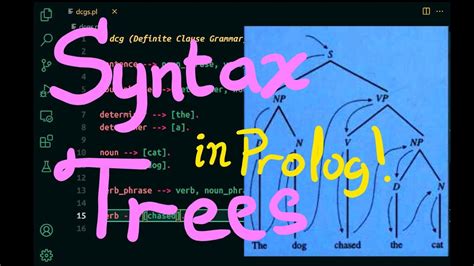The realm of program synthesis has always been one piqued with intrigue and continuous evolution. One of the latest innovations is the use of diffusion on syntax trees, a promising approach that could revolutionize how we translate abstract data representations into tangible programs. By leveraging this approach, inverse graphics tasks become not only feasible but also potentially transformative, drawing parallels to classic image-to-program translations. It’s fascinating to see how this technology can open doors to convert raster images such as PNGs into vector images like SVGs, a task that was traditionally arduous and computationally expensive, but now seems tantalizingly within reach.
A profound philosophical debate on the nature of raster and vector graphics has been sparked among enthusiasts. Some argue that at its core, converting raster to vector graphics is akin to transforming a data structure into a sequence of instructions. Raster graphics, with their pixel arrays, bear a semblance to raw data, while vector graphics encapsulate a more intricate, programmatic logic. This duality is akin to the divide between imperative and declarative programming languages, where one defines the _how_ and the other the _what_ of operations. It’s intriguing to imagine the potential of diffusion models in bridging these dichotomies, enabling a seamless transition from simple arrays to complex, instruction-driven graphical representations.
The genetic algorithms (GA) space offers a historical context to this exploration. In the early 90s, pioneers like Koza and Adami delved deep into subtree mutations and genetic programming (GP), aiming to optimize program trees. Their work laid the groundwork, showing that even slight changes in optimization functions could yield significant improvements. Today, the idea of applying GAs to program synthesis through syntax tree mutations presents a nostalgic yet modernized approach. Advancements in machine learning and AI, coupled with diffusion techniques, present an improved strategy for navigating the vast search spaces that GAs operate within, avoiding pitfalls like premature convergence and local optima.
Backpropagation, a method fundamentally grounded in the chain rule from calculus, has seen its own renaissance in the context of neural networks. This algorithm revolutionized gradient descent, making it computationally efficient to compute gradients across network parameters. The blending of backpropagation principles with the syntax tree diffusion model could usher in an era of adaptive program synthesis. By training models to suggest syntactically plausible edits through random node mutations, we could evolve programs much like neural networks learn from gradient signals. This adaptive learning could make otherwise tedious and non-differentiable transitions manageable, reinforcing robust syntactic structures and rule-based replacements in the code.
The implications of syntax tree diffusion extend far beyond graphical or simple program generation. Imagine the potential for compiler optimizations or even enhancing human-AI collaborative coding. Current intuitions suggest that diffusing through a binary level, while challenging, is not beyond the realm of possibility. Training models to directly manipulate assembly or intermediate code representations could lead to previously unseen optimizations. This approach could democratize access to high-efficiency code, allowing personal and smaller scale projects to benefit from compiler-grade optimizations. Such a leap would not only make software faster but also more resource-efficient, potentially transforming industries reliant on computational power.
Within academic and developer communities, there is a palpable excitement about the future applications of this technology. From improving educational tools with AST-based hints to guiding nascent developers toward optimal coding practices, the scope is vast and multifaceted. The end goal is not just to produce code, but to synthesize meaningful, functional programs that can autonomously improve and adapt. As we stand at the cusp of this technological evolution, the fusion of traditional programming ideologies with modern AI methodologies portends a thrilling future for software development and beyond.


Leave a Reply